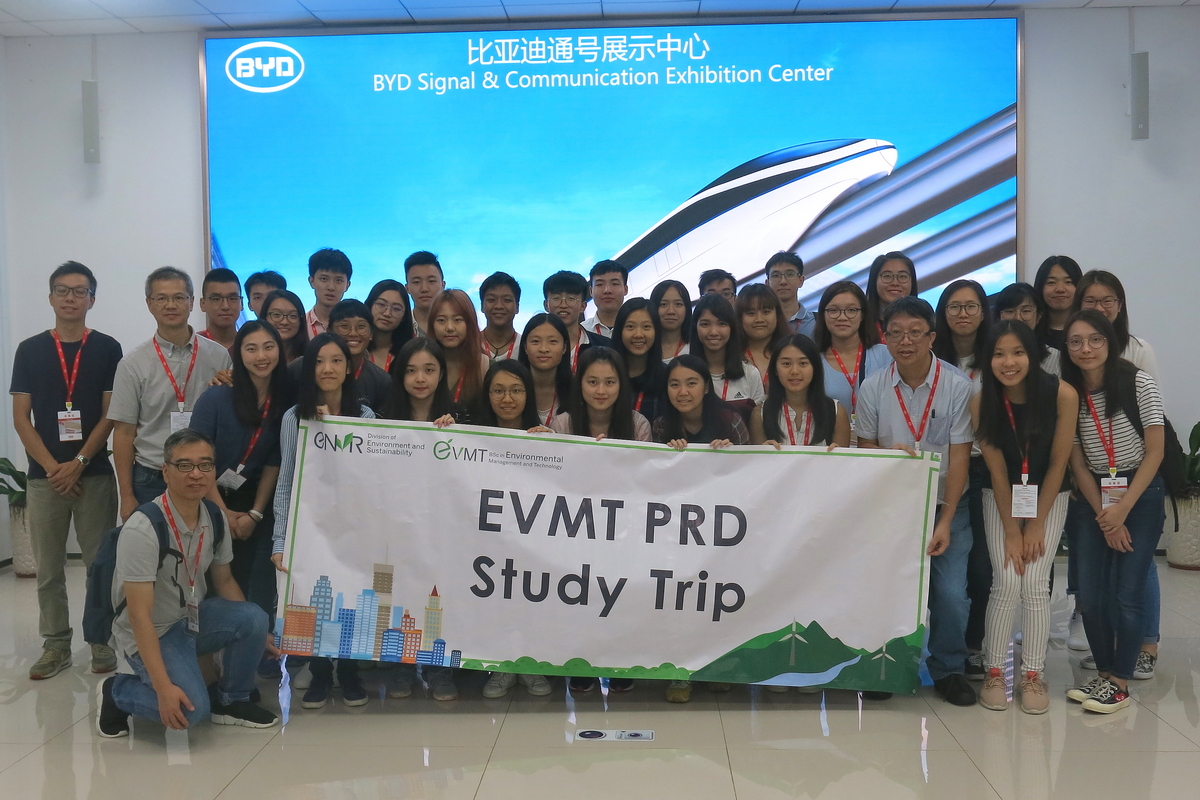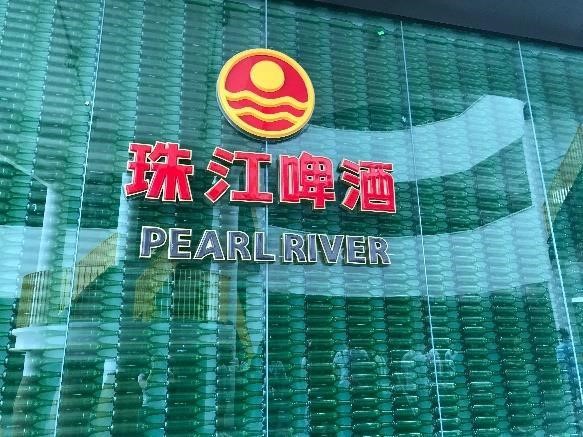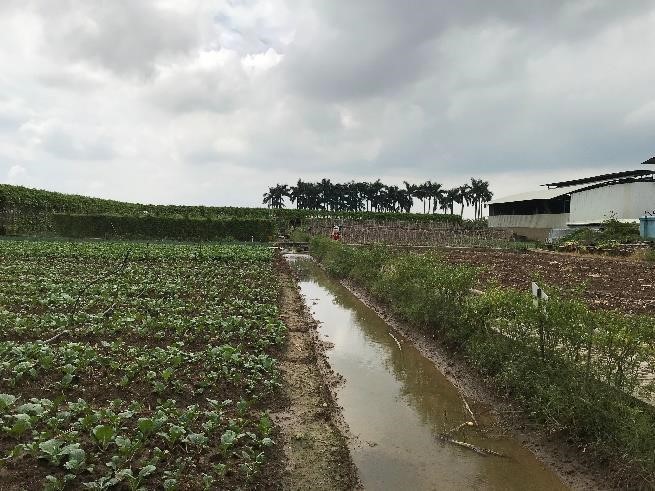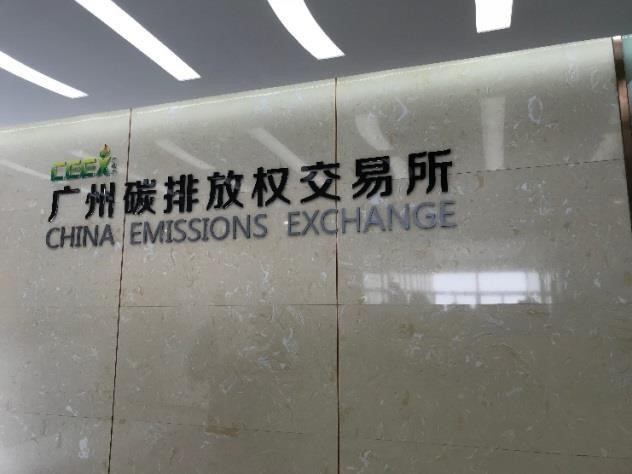



Summary
The EVMT PRD Orientation Study Trip was a 3-day trip that focused on the theme “PRD and Shenzhen – New Developments.” This trip gave me a golden chance to explore different methods firms take when dealing with environmental issues, in both management and scientific ways. Through these visits, I gained a broader knowledge on sustainable development, especially regarding the balance between the economic and environmental sides. I am glad to see China’s firms and government contributing efforts on sustainable development, as well as to have gotten a glimpse of blueprints of China’s potential projects. This was also a great opportunity for me to be acquainted with my EVMT classmates.
Descriptions
The places we visited can be divided to three areas: energy, food production, and finance.

Throughout the trip, we went to different places, ranging from the energy sector to factories, which allowed us to see several environmental issues from new perspectives. We visited the China General Nuclear Power Group and had a deeper understanding of the history and development of China’s nuclear power industry.

The exhibition showed the heated debate and people’s worries about developing nuclear power.

The Chinese government valued safety more than economic development. The exhibition also elaborated the process of how nuclear power is generated and emphasized on its safety and efficiency. For example, the electricity generated by nuclear is 270,000 times greater than one generated by coal

I am surprised by the fact that China’s development on new energy is rapid and advanced. As before the trip, I still held a negative image of Chinese government for ignoring environmental problems. Therefore, I was delighted to see that not only can China manufacture original designs now, but that it successfully became one of the safest nuclear power stations in the world. China can indeed design and develop its own new energy project and even cooperate and sell their ideas to other countries e.g. the United Kingdom.

Next, we went to a prominent Mainland car manufacturer – BYD.
BYD is investing in an innovative project called Skyrail, a new elevated public transportation system. It is believed that the new project can relieve China’s current overloaded transport systems.

We took a look at the process of brewing beer. We were lucky to have the environmental manager Ms. Chu to deliver a detailed presentation on how the factory deals with environmental protection, in terms of solid waste management, food waste, etc.
Moreover, it was interesting to figure out the significant relationship between the economic and environmental aspects of the business. As the primary objective of a firm is to maximize profit, it is extremely important for shareholders to understand the economic interest a firm would get by imposing environmental policies on production. For instance, shareholders are convinced that compressing the biogas produced during the beer brewing process could support 10% of the electricity consumption of the whole factory.
Government plays a leading role as well. As proof, the factory is required to submit a system report every two hours to the environmental department to ensure the procedures meet all standards. This leads the factory to pay more attention to quality control as they might face a penalty or legal consequences if they were mishandled. This shows that governance and economic interests are the factors that should be taken into consideration to solve environmental issues effectively.

‘We are what we eat.’ So it was a precious opportunity to familiarize ourselves with the food we eat and how they are produced.

CEEX is the organization that I wanted to visit the most. As a student who studied Business management and economics in high school, I hold a deep interest in how actual profit relating to carbon emissions right could be generated under a price mechanism.
At first, finding out the project works on a voluntary basis did upset me a little as it gave me an impression that the Chinese government has no intention to reduce carbon emission as promised in the G20 meeting. Nevertheless, I tried to interpret it in another way and understood that this could be a better method for promoting continuous long-term environmental development. The key to success is the public’s environmental awareness, the 124 firms joining the scheme voluntarily proves that they realize the magnitude of paying attention to environmental issues.
Another important note that I would like to bring up is the rigorous monitoring. Despite China’s notorious corruption schemes, I am amazed by how CEEX sets standardized requirements and assessment to check if the firms are qualified as a green business in terms of energy saving. CEEX carries out regular reviews such as field investigation and requests for audit report with the purpose of ensuring the firms utilize their funds properly.
I think the idea of setting a carbon emission allowance and selling the extra carbon emission rights and other environmental rights as a firm’s collateral is an ideal plan for balancing all three economic, social, and environmental perspectives.

Economically, in addition to the funds given, the lower interest rate granted to participating firms also serves as a good economic incentive. Having a lower interest rate could reduce expenses and hence encourage more firms to join the scheme as they can become more competitive.
Socially and environmentally, CEEX also provides government green bonds for the public to invest in. Firstly, the government funds them so that the public would have greater confidence in buying the bonds. Secondly, this motivates the public to take notice of the firm’s environmental protection practices when investing. Therefore, this leads to a win-win situation since more efforts would be put on tackling environmental problems by the firms so as for them to attain the maximum investment funds. Hopefully, this act can raise the public’s awareness on the environment too.
Internationally, similar schemes have been running successfully for years in other countries. By drawing lessons from others’ success, China may gain a positive image as a proactive, environment-friendly nation, and as a result, other countries may involve China in large-scale environmental opportunities.
Reflection
Ms. Chu from the beer factory impressed me the most as I could sense her passion and dedication to her job. In spite of the pressure regarding increasing expenses spent on developing new environmental practices, she still managed to show the investors how these practices benefit the factory. I wish I could be a person like her when I pursue my career in the future.